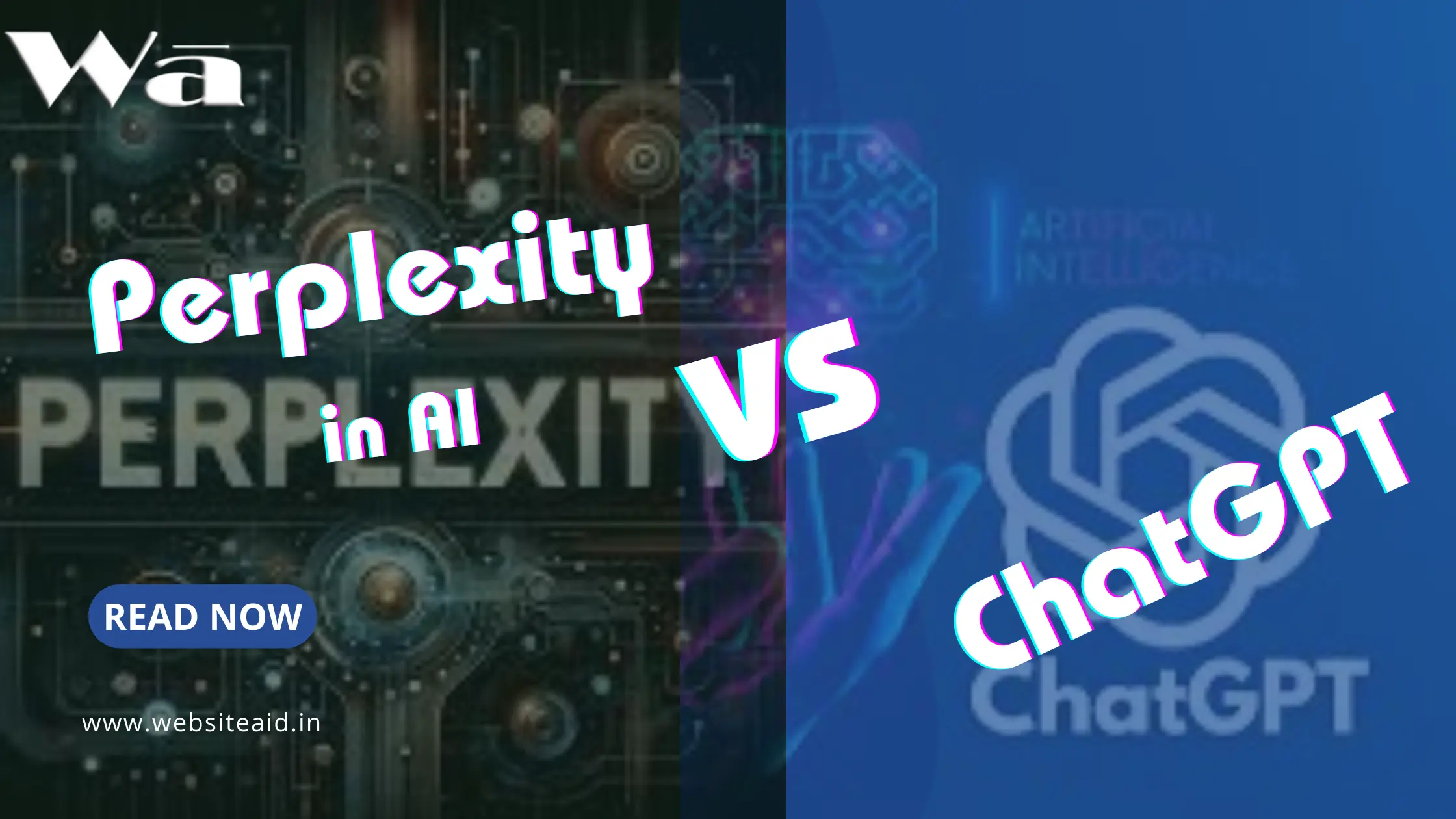1. Introduction
Venturing into the intricacies of artificial intelligence (AI) and natural language processing (NLP) unveils the cryptic concept of perplexity. This piece seeks to unravel the subtleties of perplexity, juxtaposing the conventional AI paradigm with the advanced ChatGPT model. Explore the difference of perplexity ai vs chatgpt
2. Understanding Perplexity
Defining Perplexity
Perplexity, a metric woven into the fabric of language models, serves as a litmus test for their prowess. It’s the gauge of a model’s acumen in predicting the subsequent word in a sequence, measuring the surprise factor in its predictions based on training data.
Significance of Perplexity in AI
In the labyrinth of AI and NLP, perplexity emerges as a pivotal compass. A lower perplexity spells a language model’s adeptness in prediction, indicating a profound understanding of the language it’s trained on.
3. Perplexity in AI Models
Traditional AI Models and Perplexity
The traditional AI landscape grapples with elevated perplexity values. Hinged on rule-based frameworks, these models lack the neural finesse of contemporary counterparts, often stumbling in predicting the next word accurately.
Perplexity in ChatGPT
Contrastingly, the neural prowess of ChatGPT manifests in diminished perplexity values. Absorbing vast textual datasets, ChatGPT crafts responses that echo human conversation, marked by coherence and contextual relevance.
4. Perplexity AI vs. ChatGPT: Unraveling Perplexity
Analyzing Perplexity in AI Systems
Traditional AI systems, typified by rule-based chatbots, contend with high perplexity. Their struggle lies in decoding intricate language nuances and contextual cues, hindering consistent generation of human-like responses.
Decoding Perplexity in ChatGPT
ChatGPT, embodying advanced neural architecture, navigates with lower perplexity values. This positions it as a proficient conversationalist, adept at comprehending and generating contextually fitting text.
5. Real-world Implications
Applications of Low Perplexity AI
The realm of low perplexity AI extends across diverse domains. From elevating customer service chatbots to refining language translation tools, the applications enrich user experiences with accurate and natural responses.
Pros and Cons of High Perplexity AI
In the high perplexity realm, AI systems falter in coherence, leading to user frustration. While task-specific, their limitations manifest in grappling with complex queries and conversational subtleties.
6. Future Outlook
As AI forges ahead, the quest to slash perplexity remains paramount. Advancements in neural architectures and training methodologies beckon a future where models like ChatGPT achieve unparalleled proficiency.
7. Conclusion
In the ongoing discourse of AI versus ChatGPT perplexity, the scales tip in favor of lower values. Traditional AI’s uphill battle against high perplexity finds contrast in ChatGPT’s finesse, promising richer and more natural human-computer dialogues.
8. Frequently Asked Questions
Q1: What role does perplexity play in AI?
Perplexity acts as a yardstick, gauging a language model’s prowess in accurately predicting the next word in a sequence.
Q2: How does ChatGPT compare to traditional AI models in terms of perplexity?
ChatGPT’s lower perplexity values set it apart, allowing for more coherent and contextually relevant responses compared to traditional AI models.
Q3: What practical applications does low perplexity AI have?
Low perplexity AI finds its footing in diverse fields, from customer service chatbots to language translation tools, enhancing user experiences.
Q4: Why is reducing perplexity crucial for AI development?
Reducing perplexity enhances AI models’ ability to generate natural-sounding text, improving overall user interaction quality and satisfaction.
Q5: What’s on the horizon for AI in terms of perplexity reduction?
Continued advancements in neural network architectures and training methodologies pave the way for further reductions in perplexity, promising enhanced AI model performance in the future.

